Eedomus+, a big plus here
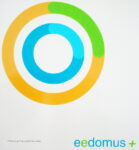 This is 1 year and a half that I’m devoted to eedomus controller to manage my house( cf unboxing of old school eedomus controller).
This is 1 year and a half that I’m devoted to eedomus controller to manage my house( cf unboxing of old school eedomus controller).
The whole setup has changed considerably since then and I increased the number of devices from 10 to more than 150 nowdays. The number of rules has evolved in the same way and is also now over 100 .
Limitation of Eedomus old model
Unfortunately my brave old Eedomus was no longer able to handle this burden :
- command latency of some peripherals were above a minute
- some rules were randomly no more triggered
- I had to disable certain features (twitter) that seem to monopolize the resources and make the situation worse
- some less important rules have been also disabled
The situation was still correct, but it was impossible to improve the system and make it more intelligent.
Given this experience, this old school eedomus is able to manage between 50 and 100 devices with correct latency time, beyond these numbers, performances will be reduced.
How much peripherals do you have ?
But do you know how you can see the number of devices managed by your eedomus (+) ?
In the Control Panel, select your controller, choose the option Configure, and the number of devices appears
Installing eedomus+ and migrate
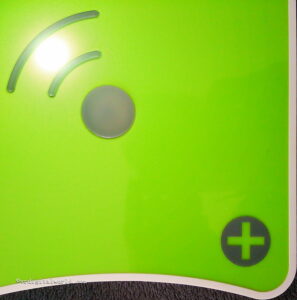 Fortunately the new Eedomus knocked on my door last week. Opening the package, extracting the beast, installation in parallel of the old controller.
Fortunately the new Eedomus knocked on my door last week. Opening the package, extracting the beast, installation in parallel of the old controller.
Then launching of the migration process from the old to the new controller, which is described here. I want to thank you Connected Object company to propose this migration process from old controller to new one without losing all of its configuration. They are very few to offer this kind of feature, but it’s so essential !
The migration process has performed correctly without particular difficulty, I would have even preferred a one click migration process, maybe for the next eedomus++ :-).
The only downside is that during migration a new API code have been assigned to Z Wave devices. ![]() .
.
If you only use eedomus ecosystem and no script, you may not know anything about those API codes. However if you have some scripts, if you are using imperihome or some tasker scripts, you have to update API code inside them and reset Imperihome layout. Drat 😕
First tests with Eedomus+
The first trials began and it was a revelation. Responsiveness is at the top compared to the old controller, reaction time is a few hundred of milliseconds, the difference is huge.
I took the opportunity also to implement a function that was impossible with the old controller : a DIO remote control is now managing a Zwave module, the eedomus+ controller is then serving as a gateway. Not only it’s now possible to have this kind of feature, but latency is also good, a few hundred milliseconds also.
A small + for eedomus, a big step for responsivness

Regarding the update of Zwave functionalities, I also confirm that the eedomus+ has better RF performances :
- with the former eedomus I had 5 modules that can’t communicate directly with the controller. 4 of them were the First floor modules at the other end of the house, separated by a concrete slab.
- with the new one only one module is still not directly reachable from the eedomus+, all the other now interact directly with the controller without using the mesh network function.

I have not yet tested the new features of this eedomus +, especially the speach synthesis. I expect to do so in the next few days …


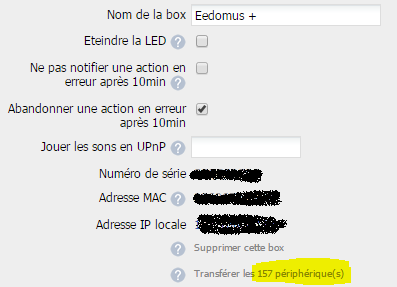
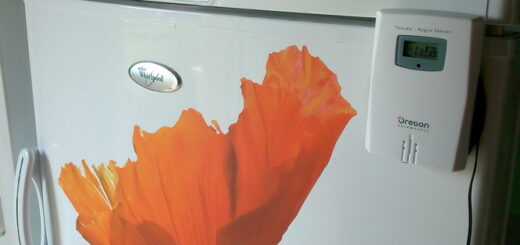
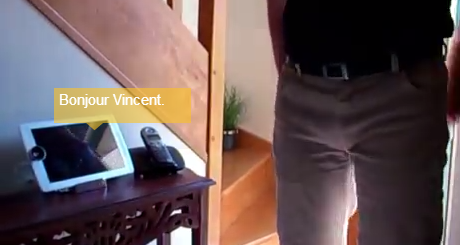
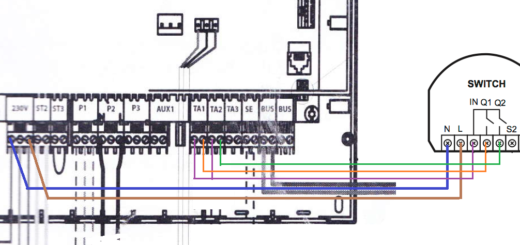
Bonjour
Je suis en train de me décider pour démarrer mon projet de domotique
et j’hesite entre la FIBARO HC2 et EEDOMUS +
j’ai mis de coté JEEDOM car
Quel est la meilleur box EEDOMUS ou FIBARO en terme de performance, je vais tout avoir en ZWAVE dans l’immédiat
Bonjour,
Je ne peux pas comparer ces deux box domotiques car je n’ai jamais essayé moi-même la Fibaro HC2.
Les critères de choix sont très différents en fonction des utilisateurs. Pour ma part, après avoir galéré avec les bugs de la vera lite, j’ai décidé de privilégier la fiabilité et le support. J’ai également besoin d’un système évolutif, simple pour les choses simples, mais dans lequel je peux intégrer de la programmation avancée si j’ai envie d’aller plus loin. L’eedomus répond à ces critères.
J’apprécie de ne plus devoir bricoler pour arriver à mes fins. J’ai pu connaître quelques petits problèmes lors d’une mise à jour, mais le support m’a dépanné dans la journée en corrigeant le problème.
J’ai vu sur le web que quelques soucis sont apparus sur la Fibaro HC2, je ne sais pas si ils sont à présent résolus
http://www.maison-et-domotique.com/54793-constructeurs-de-box-domotique-y-t-il-un-pilote-dans-la-maison/
Avantage à la HC2 : fonctionnement totalement autonome du Web, et interface de configuration au top à ce que j’ai cru voir.
Avez-vous jeté un coup d’oeil sur cet article pour réaliser votre choix ?
http://tutoriels.domotique-store.fr/content/1/146/fr/quelle-box-domotique-choisir-_-partie-2-_-choisir-la-la-meilleure-box-en-fonction-de-vos-criteres-et-besoins-prioritaires.html
bon ben on va dire que ce sera l’artice a faire après celui dédié a la chaudière :p
J attend avec impatience l article suivant pour voir la partie audio. Je compte dessus et une éventuelle facilité de la prise en charge des sonos (car n ai jamais réussi à faire fonctionné le script). Comme ça j espere pouvoir faire du TTS facilement : poubelles, rdv, donner la température extérieure au petit déjeuner… 😉
Bonjour,
Je m’attaque déjà à la domotisation de ma chaudière. Pas simple quand il s’agit d’un modèle récent bourré d’électronique. Les jours deviennent froid, il va falloir que ça marche très vite 🙂